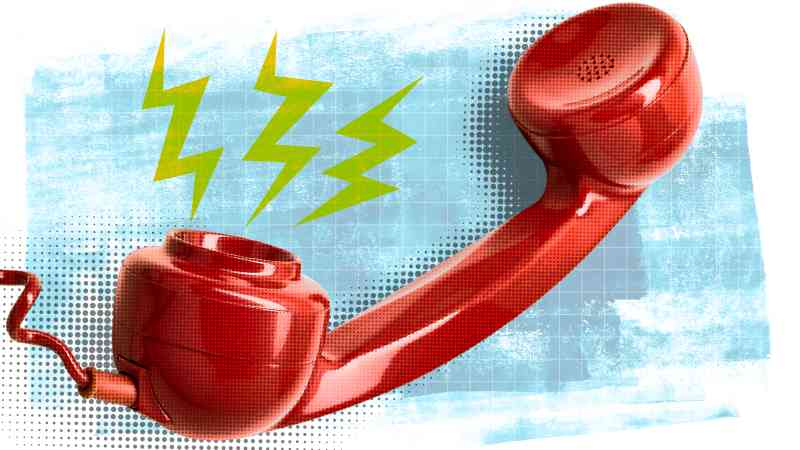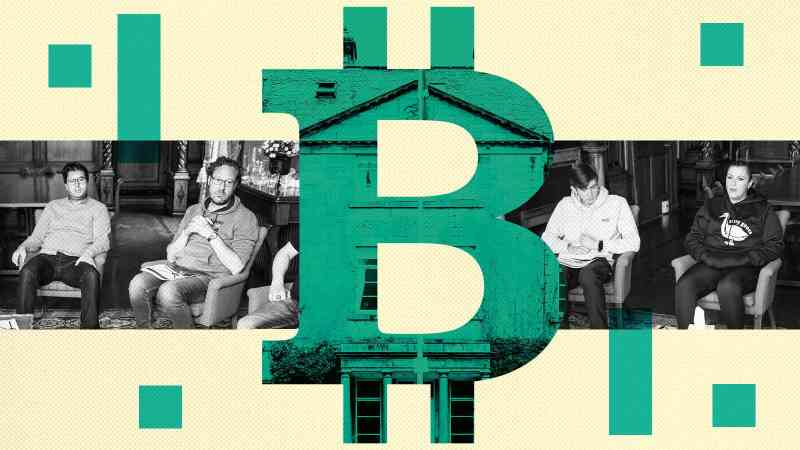The worst days to call HMRC and how to avoid the queues
One third of calls to HM Revenue & Customs were abandoned last year with taxpayers waiting more than six times as long to get through as they did six years ago.
The average time spent on hold for the self-assessment helpline jumped from under five minutes in 2017 to more than 33 minutes in 2023 — an increase of more than 500 per cent, according to Times analysis of the tax office’s phone records.
And there is no sign that things are getting any better — in the first ten weeks of 2024 callers waited an average of nearly 35 minutes on hold, although this included one of its busiest periods in the run-up to the January 31 self-assessment deadline.
The average waiting time was measured from the point at which the initial recorded message on the line ended to when the call was answered by an adviser.
Many taxpayers waited on hold for more than an hour. Between August 2022 and March 2024 about 1,421,000 callers (20 per cent) gave up and ended their call. In 2023 it was 33.8 per cent, compared with 8.8 per cent in 2017. At the worst point, on March 2 and 3 last year, 60 per cent of calls to HMRC were abandoned. The 30-day rolling average hit a high of 45 per cent in the same month.
• HMRC is broken. Even its own staff say so
The tax office’s target for unanswered calls is no more than 15 per cent — it describes this as a “service standard of 85 per cent for adviser attempts handled”.
HMRC closed its self-assessment line between June and September last year and restricted it to “priority calls” only in the run up to the crucial January deadline — anyone with queries deemed non-urgent was directed to the website.
The restrictions were an attempt by HMRC to alleviate pressure on its phone lines and free staff to work on a backlog of cases.
In March HMRC said it would be closing the helpline altogether from April to September each year, but made a swift U-turn when the chancellor, Jeremy Hunt, intervened.
The data obtained by The Times through a freedom of information request suggested that between August 2022 and March 2024, Thursday was the best day to call HMRC with an average wait of nearly 29 minutes. Monday was the worst day, with a typical waiting time of nearly 37 minutes.
For those not averse to sorting out their tax affairs during the festive season, the average waiting time on the self-assessment helpline on Christmas Eve since 2017 has been two minutes and 10 seconds and only 3 per cent of calls were abandoned.
Callers also had a good chance of getting through on New Year’s Eve, with a typical waiting time of four minutes and six seconds over the past six years. More than 25,000 customers filed their tax return on the last New Year’s Eve.
The summer holidays are also a safe bet. Of the 26 dates with an average wait of less than eight minutes, 11 fell within the typical school summer holiday dates.
• How to check your tax code and what it means
Despite the peak in early March, taxpayers would do well to avoid contacting HMRC by phone in April — the beginning of the new tax year and the worst month for being stuck on hold to its self-assessment helpline. The Times looked at the average waiting time for each date of the year over the last six years. Of the ten dates with the highest average waiting time, six were in April.
On four days in April last year it took an average of an hour or more to get through to an adviser.
HMRC has admitted that it lacks the manpower to deal with the growing number of people being pulled into the tax system by the fact that income tax thresholds have not moved in line with inflation.
This government policy of fiscal drag means that more people are paying higher rates of tax as their salaries increase. Last month the government said it would give HMRC £51 million to improve its phone lines.
An HMRC spokesman said: “While standards on our phone lines are still not where we want them to be, we’re making strong progress in our efforts to improve our customer service and additional funding has been confirmed for our helplines.
“We continue to encourage people to deal with us online or via the app and millions more people used our online services last year, saving them waiting on the phone and freeing up our advisers to deal with those people who need extra support.”




Post Comment